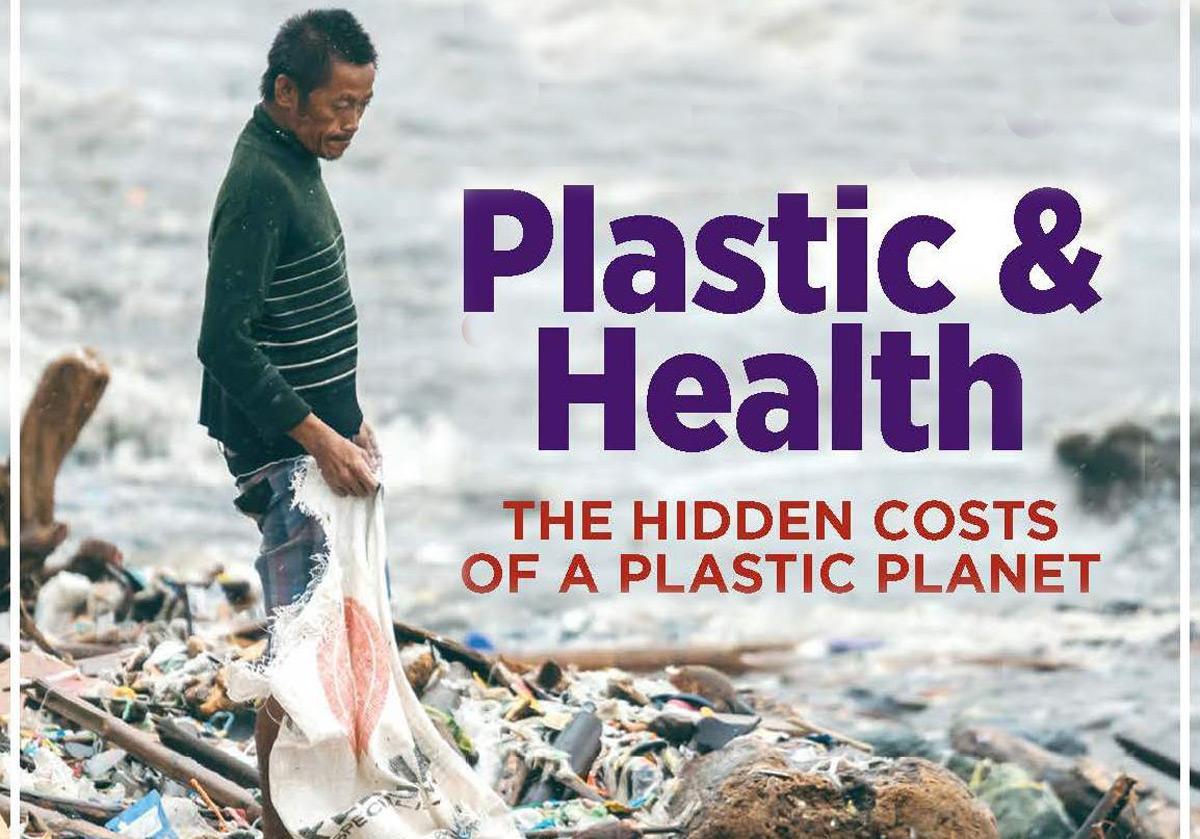Africa-Press – Lesotho. Two years ago, at the UN Environmental Assembly (UNEA-5) in Nairobi, Kenya, a gathering of Heads of State, Ministers of environment and other bureaucrats from UN Member States, endorsed a resolution to end plastic pollution and forge an internationally legally binding agreement by 2024. The resolution itself is a tour de force of bureaucratese.
It calls for the intergovernmental negotiating committee to consider a variety of factors in its deliberations to craft a Global Plastics Treaty and ends with the wonderful catchall paragraph authorizing/admonishing the committee to consider: “Any other aspects that the intergovernmental negotiating committee may consider relevant.
My attention was drawn to the UNEA-5 and the Global Plastics Treaty by a report that the Journal of the Endocrine Society (JES) had just published a paper on a survey of chemicals used in plastic materials and a resulting estimate of the attributable costs of the disease burden that such chemicals impose in the United States.
The JES survey begins with the acknowledgment that chemicals used in plastics contribute to disease and disability and sought to determine their impact because, according to the authors, without this information, “interventions proposed as part of the Global Plastics Treaty cannot be evaluated for potential benefits.
The authors analyzed existing literature to identify plastic-related fractions of disease and disability for specific polybrominated diphenylethers (PBDE), phthalates, bisphenols, and polyfluoroalkyl substances and perfluoroalkyl substances (PFAS).
They then updated previously published disease burden and cost estimates for these chemicals in the United States to 2018. By uniting these data, they computed estimates of attributable disease burden and costs due to plastics in the United States.
The authors note that plastics contribute substantially to disease and associated social costs in the United States, accounting for 1.22% of the gross domestic product. They claim that the costs of plastic pollution will continue to accumulate if exposures continue at current levels.
Conversely, they assert that actions through the Global Plastics Treaty and other policy initiatives will reduce these costs in proportion to the actual reductions in chemical exposures achieved. There is no proof offered for these assertions. US healthcare costs run at a clip of about $4.5 trillion annually.
The authors state that the social costs of disease and disability in the United States due to PBDEs, phthalates, and bisphenols as well as PFAS, are very large, on the order of $400 billion annually.
They do mention a more recent study by the Minderoo-Monaco Commission, which suggests even higher costs, more than $900 billion per year, but dismiss that number as being overstated.
The controversy is not for us to resolve currently because the number, whether $400 billion or $900 billion, is immense. One of the assumptions made by the authors is that disease burden is directly proportional to exposure.
Whether that is true or not, the ultimate assessments are that the cost burden for the US alone are $250-500 billion. Healthcare costs in the US are about four times higher than in the next most expensive healthcare country.
It is difficult to extrapolate from the US numbers, but clearly the total cost to the world is around $1 trillion. So, what are we going to do about this? The Global Plastics Treaty has yet to be adopted and ratified. Will it be? Who knows? As a reality check, I went looking.
The Plastics Europe website had this cautious observation: “Our goal is to end plastic pollution by 2040 through a circular economy where all plastic applications are reused, recycled, and responsibly managed during and after use while enabling a lower greenhouse gas emissions plastic economy.
If 2040 is a realistic goal and we use the estimated cost of $1 trillion a year without factoring in any increase, a dubious assumption, the healthcare burden due to plastics alone amounts to about $16 trillion or two-thirds of current US GDP.
A sobering thought. None of this takes into account the cost burden of plastics on the environment or the oceans. The Carleton College website notes that: “Over a few decades, humans have managed to dump tons upon tons of garbage into the ocean.
Of the most devastating elements of this pollution is that plastics takes thousands of years to decay. As a result, fish and wildlife are becoming intoxicated.
Consequently, the toxins from the plastics have entered the food chain, threatening human health. In the most polluted places in the ocean, the mass of plastic exceeds the amount of plankton six times over.
For More News And Analysis About Lesotho Follow Africa-Press






